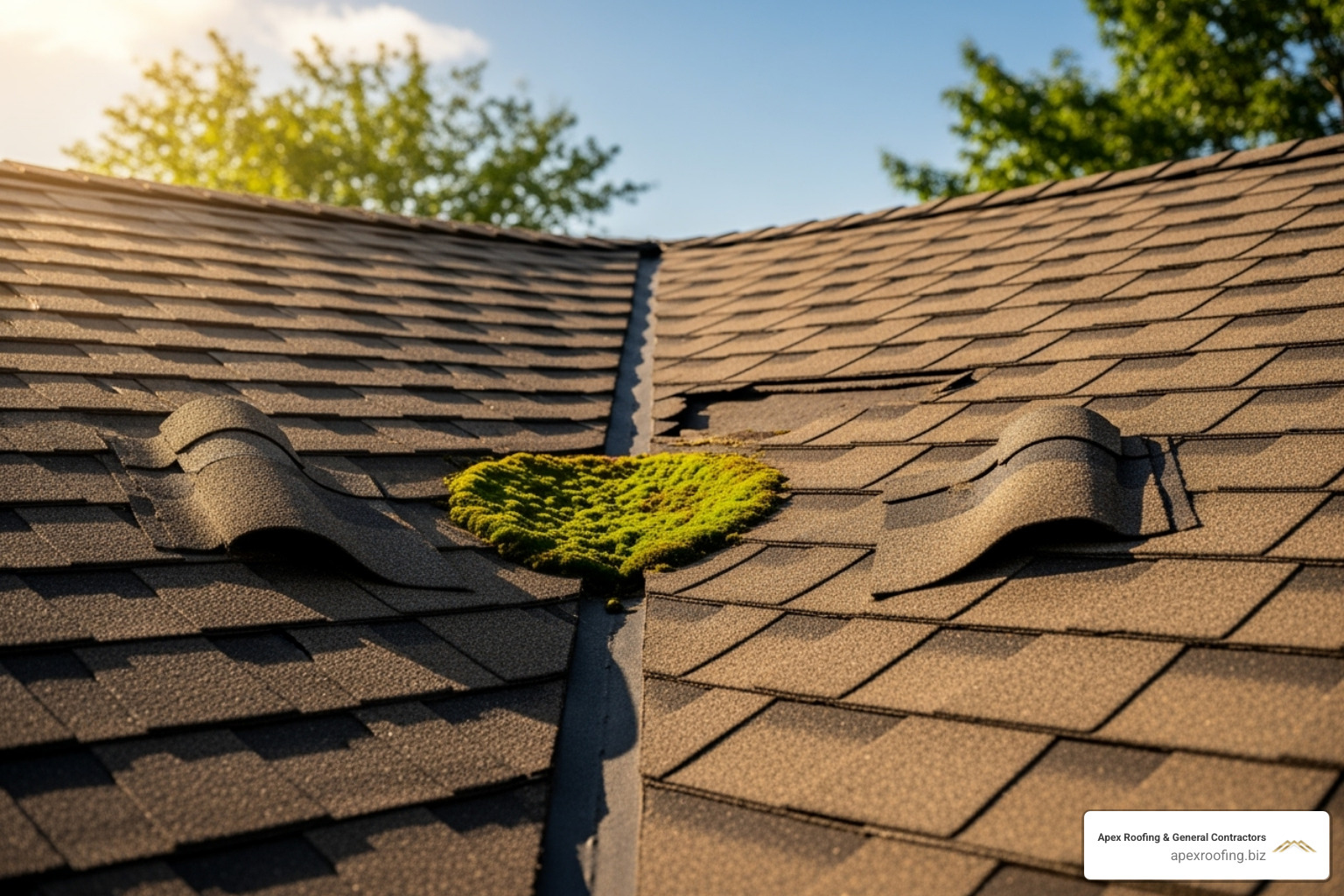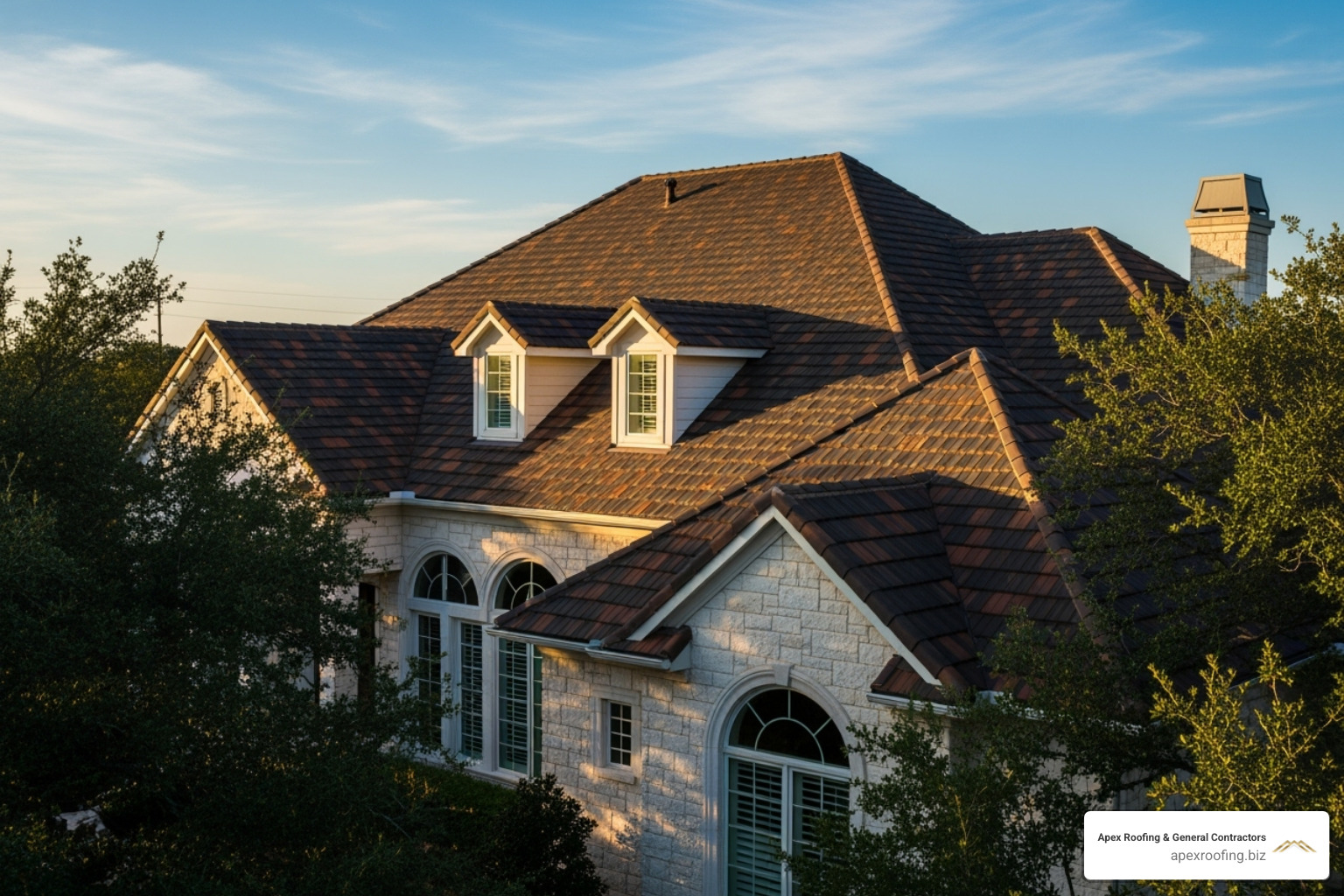
Your rooftop is not just a shield against the elements; it’s a meticulous system designed to ensure the longevity and protection of your home. If you want to learn more about the various components that constitute guide the anatomy of residential roofs, consider reading our handy guide.
The Structural Framework: Truss, Rafters, and Decking
- Truss: The truss serves as the roof’s skeleton, determining its slope and the materials suitable for installation.
- Rafters: The rafters are integral to the truss and provide support for the decking.
- Decking: Also known as wood sheathing, decking is the flat surface to which the entire roofing system is attached. Materials like oriented strand board (OSB) or plywood are nailed to the rafters.
Waterproofing Layers: Underlayment, Drip Edge, and Flashing
- Underlayment: The underlayment is the primary waterproofing layer, typically roofing felt saturated with asphalt. Modern systems offer breathable materials for enhanced moisture evaporation.
- Drip Edge: Metal strips known as drip edges are installed at the roof’s edges to prevent rainwater buildup and guide it into the gutters, safeguarding against water damage.
- Flashing: Galvanized steel strips are applied to vulnerable areas like chimneys, vents, and dormers to protect against water intrusion.
The Exterior Shield: Outer Roofing Material
- Outer Roofing: The primary roofing material, such as asphalt shingles or standing seam metal, are installed atop the underlying layers. Proper installation methods vary based on the material used.
Ventilation and Temperature Control: Attic Ventilation
- Attic Ventilation: Gaps left at the peaks allow for attic ventilation. Roof peaks are the highest points on a roof where two sloping sections, or planes, meet. These elevated points are typically formed by the intersection of two opposing roof slopes, creating a triangular or ridge-like structure. Roof peaks play a significant role in a roof’s overall design and functionality.
- Ridge Cap Shingles: Installed at the peaks for a consistent appearance, ridge cap shingles provide a finishing touch to the roof.
Soffit, Fascia, and Other Roof Components
- Soffit and Fascia: The fascia, a vertical board, protects the roof’s underside and supports gutters, while the soffit covers the gap between the fascia and siding, featuring vents for attic airflow.
- Ridge Vent: An exhaust vent runs along the roof peak, allowing warm air to escape from the attic.
- Hip: The intersection of two roof planes forms a sloping ridge.
- Roof Valley: The V-shaped intersection between two sloping roofs directs water runoff.
- Roof Gable: The triangular section at the peak between a sloping roof and an eave.
- Dormer: A raised roof section often containing a window.
- Eave: The lower border of the roof overhangs the wall, providing additional protection.
Whether you’re considering a new roof or repairs, recognizing the roof’s anatomy is crucial. With nearly three decades of experience, Apex Roofing & General Contractors is your reliable partner in navigating the complexities of roofing systems. Trust in our expertise for all your roofing needs in Austin, TX, and experience the pinnacle of craftsmanship and care for your home. Get a roof inspection through our website or by calling 726-727-ROOF (7663).



